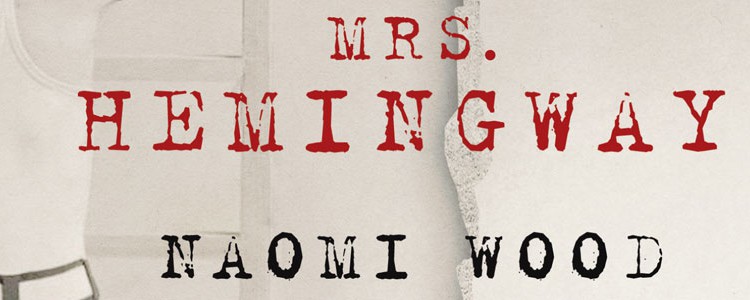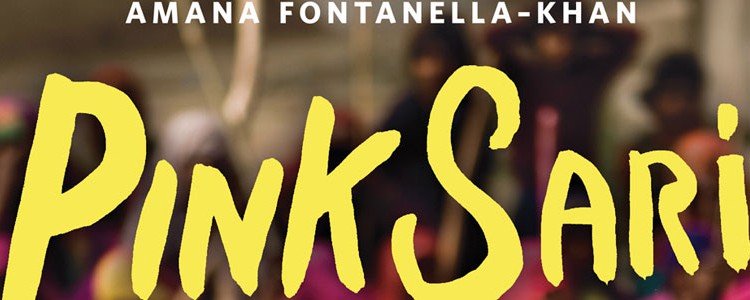Naomi Wood, “Mrs. Hemingway”
 One afternoon she finds a copy of Ernest’s tribute to the president.
One afternoon she finds a copy of Ernest’s tribute to the president.
Ernest had greeted the request from Washington with something close to cold fright. For too long, now, he’s been an unhappy writer. To lose his ability to write was to have lost the ability to clear his mind of itself. To write was to come into a wonderful house: a clean well-lighted place where the light fell in large white blocks on the good wooden floors. To write was to be at home, to be able to see well.
The request was for a few handwritten lines for Mr. Kennedy. That week in February Ernest sat in his study, looking with nervousness over the barrel of his stomach. Misery hovered close. She had often wondered why he couldn’t give up on this wretched business. They had enough money from royalties, film options, magzine deals. If he could send off the Paris stories and then put himself to the work of hunting or fishing, he might have a better chance of happiness. But writers and their woes: they couldn’t be parted. Not for anything.
( p.245 Mrs. Hemingway )
Naomi Wood’s second novel, Mrs. Hemingway is about Ernest Heminway’s four wives — Hadley Richardson, Pauline Pfeiffer or “Fife”, Martha Gellhorn and Mary Welsh. The book is divided into four parts: each part focused upon a Mrs Hemingway with Ernest Hemingway a strong presence but not the centre of attention. The story flows smoothly with the structure of each section devoted to the current Mrs Hemingway, their lifestyle — parties, gossip among friends, children, and marks the entry of the next Mrs Hemingway. Each section is imbued with the distinct personality of each wife, whether it is the practical and hardworking Hadley; the comfortable lifestyle that Fife could provide for Hemingway, giving him the leisure to write without any financial worries; a common passion shared by Martha Gellhorn and her husband for journalism, writing and reporting World War II; and finally Mary Welsh, who unlike her immediate predecessor, was happy with her life of a writer’s wife. Unfortunately it fell apart with the sudden death of her husband.
There are details about Hemingway and his wives life that are authentic. The meticulous research shows but only sufficiently to create a rich backdrop to the story, a personal one of within a family, the torment the wives experience with the appearance of another woman in their lives, the ensuing divorce and surprisingly how some of them, like Fife and Hadley, remain good friends. The author was given a three-year doctoral grant by the Arts and Humanities Research Council. She did her research at the JFK Library in Boston, Beinecke Library at Yale University and at the Hemingway heritage homes in Oak Park, Chicago; Key West, Florida; and San Francisco de Paula in Cuba. The best description of this novel would be to call it “bio-fic”, a term coined by David Lodge. In 2014, when there will be deluge of literature being published focused upon the centenary of World War I Mrs. Hemingway sets a high benchmark for fiction set during this period. This group biography maybe “a work of imagination” as asserted by Naomi Wood, but it is so deftly done–it is a pleasure to read.
Naomi Wood Mrs. Hemingway Picador, London, 2014. Pb. pp. 330 Rs. 599
6 March 2014







